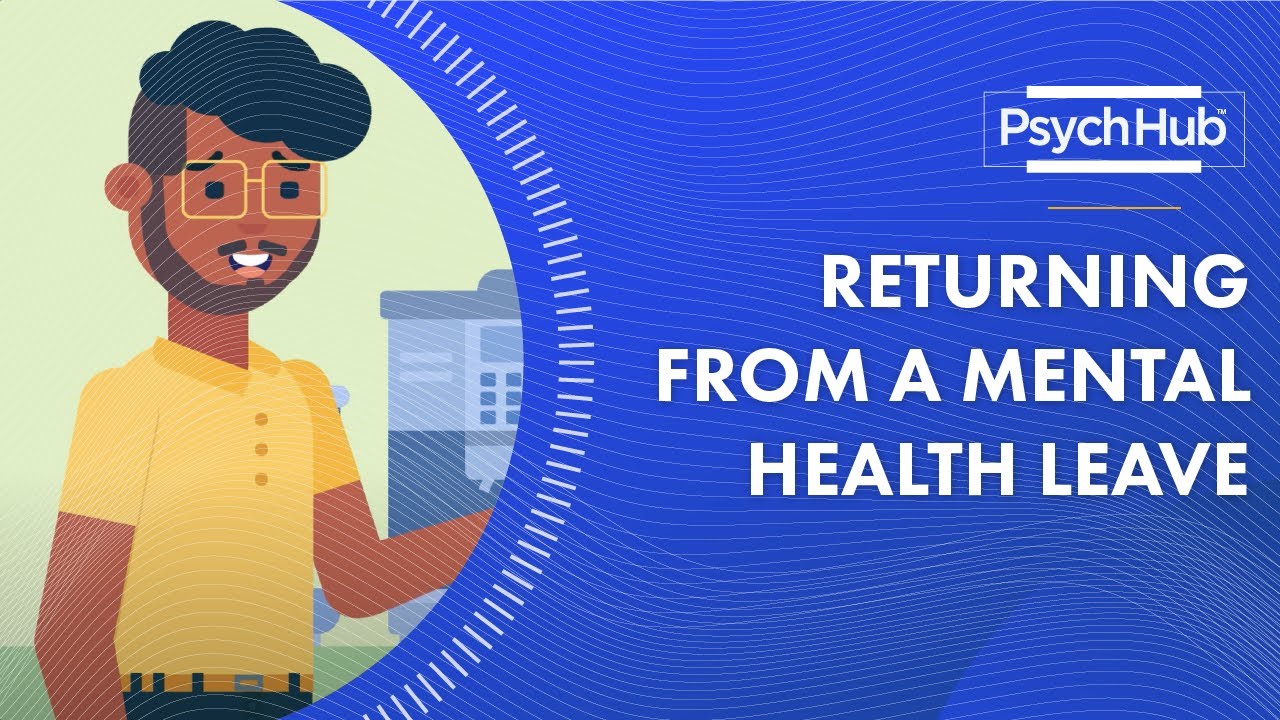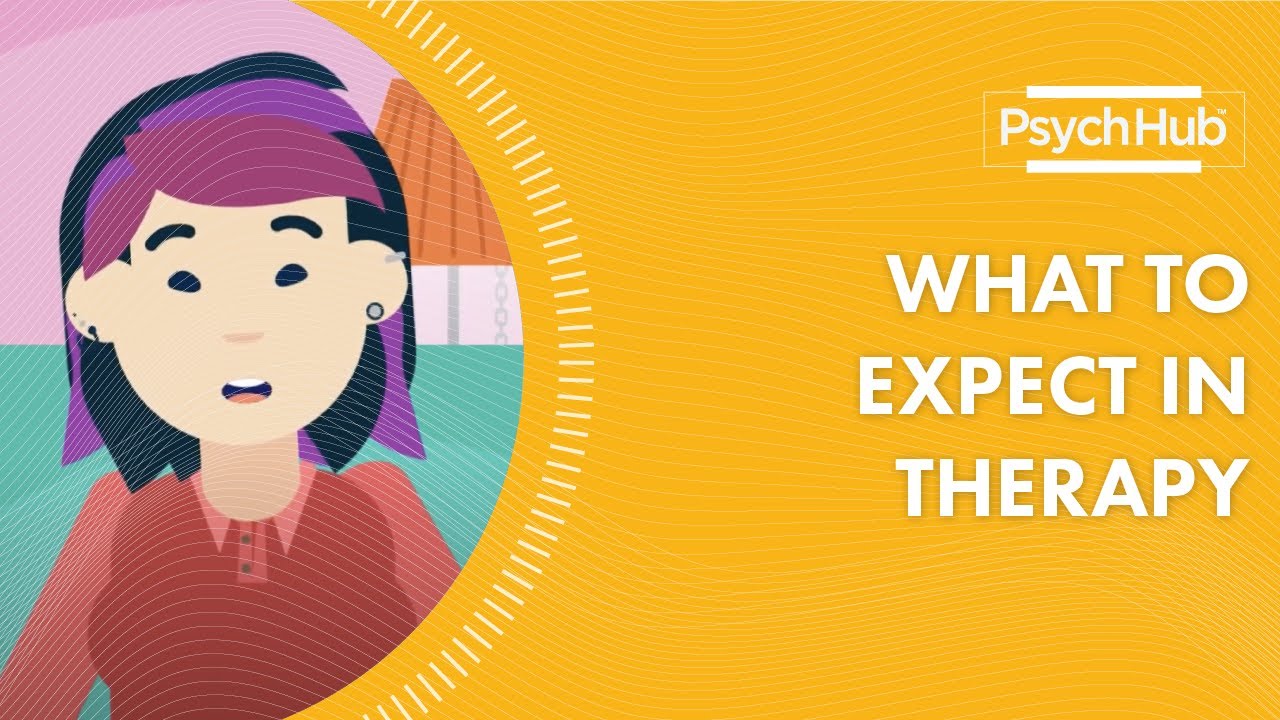Have you ever wondered why sometimes your emotions seem more intense when you sit quietly, trying to meditate? This experience often perplexes those new to mindfulness practice. “Sitting and Connecting: A Path to Emotional Honesty” by Rebecca Bradshaw offers a profound look into how meditation can facilitate not only emotional honesty but emotional healing as well.
Understanding Meditation and Emotional Honesty
What is Emotional Honesty?
Emotional honesty refers to the ability to recognize and accept genuine feelings without suppression or distortion. It’s not just about knowing what we feel; it’s about accepting and working through these emotions constructively. This honesty helps us understand ourselves more deeply, leading to improved emotional health and relationships.
Why Meditate?
Meditation is often recommended as a means to attain this level of emotional honesty. When you meditate, you are essentially giving yourself the space to observe your feelings without distraction. It’s a way to connect your body, heart, and mind.
The Illusion of Increased Emotions
When you start meditating, you might feel that you are experiencing more negative emotions than before. Many students, according to Bradshaw, remark, “I was never angry before, and now I’m angry all the time.” This phenomenon occurs because meditation makes you aware of emotions that you had previously repressed or sublimated. Once you give yourself the time and space to sit quietly, these emotions rise to the surface, making them hard to ignore.
The Initial Stages of Meditation
Facing Discomfort
Sitting with yourself can be uncomfortable, especially in the beginning. You might feel physical discomfort, racing thoughts, or unsettling emotions. This is entirely normal. At the beginning of your meditation journey, it’s essential to acknowledge that these challenges will arise and not to be discouraged by them.
Creating a Safe Space
Creating a conducive environment for meditation can significantly aid in managing initial discomfort. Choose a quiet, comfortable space free from disturbances. This physical space can help cultivate a mental space that’s receptive and open to exploring emotional honesty.

Techniques to Enhance Your Practice
Bodily Awareness
Being aware of your physical sensations helps you stay grounded. Scan your body from head to toe, noting any areas of tension or discomfort. This practice helps you transition from being lost in thought to being present in the moment.
Mindful Breathing
Focus on your breath. Feel the air entering and exiting your lungs. This focus not only keeps you anchored in the present but also offers a soothing rhythm to your meditation practice.
| Technique | Description |
|---|---|
| Bodily Awareness | Scanning your body for tension and focusing on physical sensations. |
| Mindful Breathing | Using the rhythm of your breath to stay present and centered. |
The Role of Emotional Awareness in Meditation
Recognizing Emotions
Start to identify the emotions that surface during your practice. Are you feeling anger, sadness, joy, or anxiety? Naming these emotions helps you acknowledge their presence without becoming overwhelmed.
Accepting Emotions
Once you recognize an emotion, the next step is acceptance. Acceptance doesn’t mean resignation; it means allowing the emotion to exist without judgment. This is crucial for achieving emotional honesty.
Journaling as a Tool
Keeping a meditation journal can be particularly helpful. Write down the emotions you felt during your session, along with any insights or patterns you noticed. Over time, this record will provide valuable insights into your emotional landscape.
Self-Compassion
It’s easy to be hard on yourself when you encounter difficult emotions. Practicing self-compassion involves treating yourself with the same kindness and understanding you would offer a friend. This attitude aids in emotional healing and integration.

Advanced Practices
Deepening the Connection
As you become more comfortable with the basics, you can start to explore deeper practices. Techniques like loving-kindness meditation can help you foster positive emotions and further emotional honesty.
Seeking Guidance
Consider attending meditation workshops or seeking guidance from experienced practitioners. They can provide personalized tips and support to enhance your practice.
Overcoming Emotional Blocks
If you encounter persistent emotional blocks, it may be helpful to explore these with a professional. Therapists and counselors trained in mindfulness techniques can offer additional tools for working through challenging emotions.
Personal Stories and Insights
Real-Life Experiences
Many individuals have found profound emotional transformation through meditation. Hearing these stories can be reassuring and inspiring. Rebecca Bradshaw’s work is filled with anecdotes from her students, illustrating how meditation has helped them achieve emotional honesty and healing.
The Role of Continuity
Consistency is key. The benefits of meditation, particularly in fostering emotional honesty, accrue over time. Commit to a regular practice, and you will likely find that emotional awareness and honesty become more natural over time.

Conclusion: Your Path to Emotional Honesty
Sitting and connecting through meditation is a powerful practice that opens the door to emotional honesty. By facing your emotions, accepting them, and integrating your experiences, you not only heal your heart but also free it. The journey may be challenging, but the rewards in emotional clarity and overall well-being are immense. Allow yourself the space and time to connect deeply with your body, heart, and mind, and experience the transformative power of meditation.




